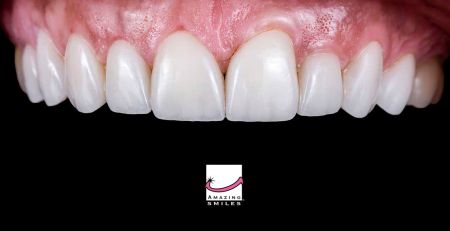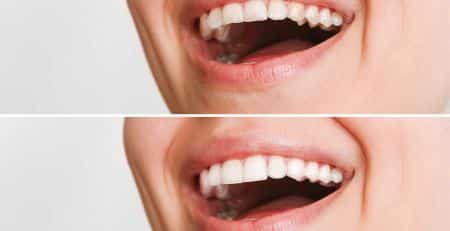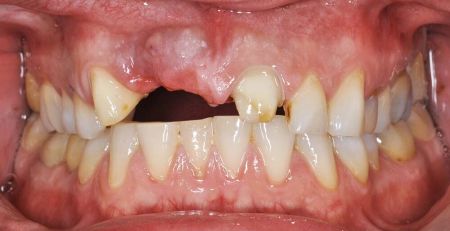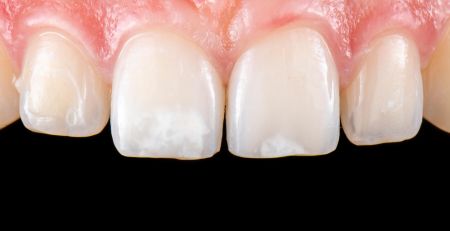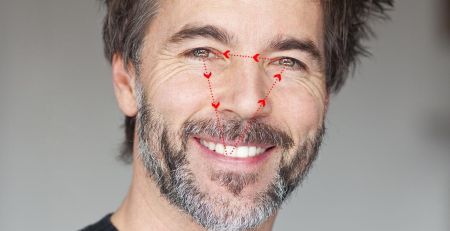Table of Contents
When considering a smile enhancement, Porcelain Veneers or Composite Veneers are popular options with distinct characteristics.
A beautiful smile boosts confidence and makes a strong impression. Dental veneers are a popular option for enhancing teeth. The two common types are porcelain veneers and composite veneers. Both improve your smile but differ in durability, cost, and appearance. Knowing these differences can help you choose the right treatment for your needs.
Porcelain Veneers
These are thin, custom-made shells bonded to the front surface of teeth, correcting issues like discolouration, chipping, or irregular shapes. Porcelain veneers are stain-resistant and durable, lasting 10-15 years or more with proper care. They provide a natural appearance, as they can match the colour and shape of surrounding teeth.
Composite Veneers
Also known as direct veneers, composite veneers are made from tooth-colored resin applied directly to teeth. They are generally less expensive and require minimal tooth structure removal. While they can also address cosmetic issues like discolouration and chipping, composite veneers are less durable and might need to be replaced more frequently than porcelain veneers.

When choosing between porcelain and composite veneers, consider your budget first. Porcelain veneers are generally more expensive, so if cost matters, composite veneers might be a better fit.
Next, assess the dental issues you’re facing. Porcelain veneers are stronger and more durable for more severe cosmetic concerns like large gaps or significant damage. Composite veneers can work well for minor issues that need less intensive treatment.
Ultimately, your choice will depend on your budget, the severity of your dental concerns, and your desired results. It’s essential to consult a professional dentist to find the best option for you. The team at Amazing Smiles Dental can help evaluate your oral health and recommend the most suitable veneers, along with a comprehensive treatment plan that outlines the benefits and drawbacks of each type.
Disclaimer: The content in this blog is provided for general information and educational purposes only. It should not be taken as professional dental or medical advice. Always consult a qualified dentist or healthcare provider regarding your individual oral health needs.


